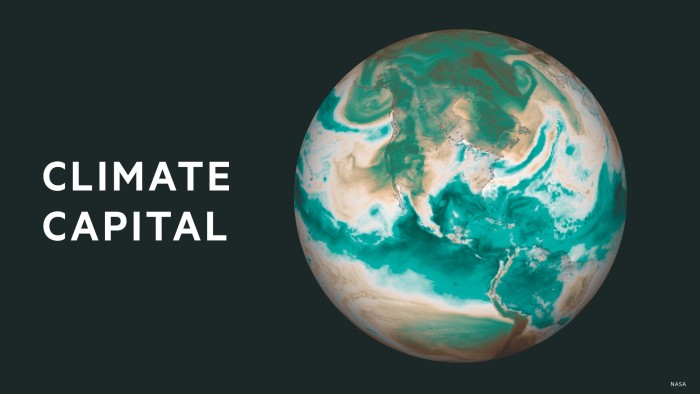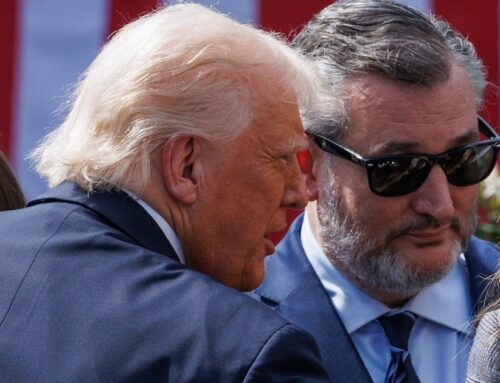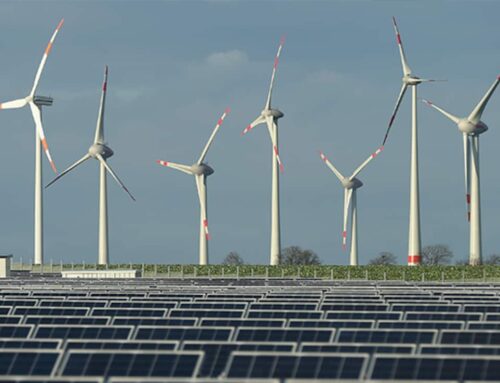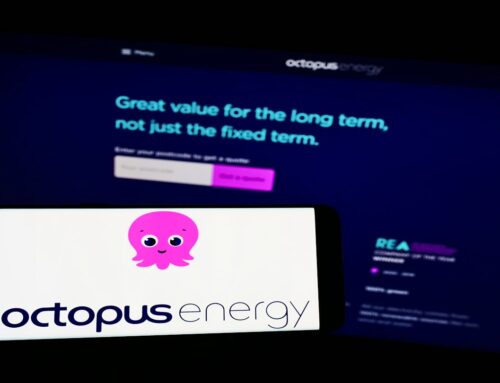‘Sunbelt’ countries from India to Mexico tipped to overtake in clean industry development
June 18, 2025

An “industrial sunbelt” made up of countries around the globe from India to Mexico is tipped to overtake the US and Europe for green-powered industry, according to research on the investment pipeline by a business advocacy group.
More than half of the proposed investment in new industrial projects was located across a band of emerging economies, found the report from the Mission Possible Partnership, a non-profit organisation focused on industry.
The report calculated that 59 per cent of the $1.6tn pipeline of global clean industrial projects that had been announced — but not yet financed — was based in the “sunbelt” countries.
China has dominated clean industry investment to date, accounting for a quarter of existing projects in sectors such as green ammonia and hydrogen, followed by a 22 per cent share in the US and 14 per cent in the EU, based on data from the Global Project Tracker, which tracks industrial projects.
But emerging economies that were increasingly industrialising were looking to tap into forecast demand for green products, such as cleaner materials, chemicals and fuels, said Lord Adair Turner, chair of the Energy Transitions Commission, a global coalition of power and industrial companies, investors and environmental groups, which is involved in Mission Possible.
The so-called sunbelt countries had ideal conditions to tap into inexpensive renewable energy, particularly solar power, and could benefit from cheap Chinese panels, batteries, electrolysers and other green technologies, he said.
“The sunbelt has an easier path to decarbonisation,” Turner added. “You could have huge solar and wind developments in Namibia or in Morocco using Chinese wind turbines and China’s solar [photovoltaic panels].”
Projects tracked span sectors that are highly polluting, including aluminium, chemicals, cement, aviation and steel. They include a plant in Andhra Pradesh in India, for example, that aims to have the capacity to produce 1mn tonnes of green ammonia annually, with a long-term goal of 5mn tonnes a year by 2030. The project had reached the final investment decision stage last year and was expected to be complete in 2026.
But many projects are taking far longer to be developed. The report found 826 commercial-scale clean industrial plants were proposed in 69 countries. Of all the projects, just 69 were operational and 65 had secured financing, with eight reaching a final investment decision in the past six months. The remaining 692 projects were announced but not financed.
Emerging economies have long complained they struggle to attract green finance, as investors shun developing countries for western projects perceived to be a safer bet.
Development banks, non-profits and countries have increasingly focused on how to reduce the risk of investing in such economies.
Last week, the $12.5bn Climate Investment Fund announced seven countries. including Brazil, Mexico, South Africa and Turkey, had been chosen to take part in an initiative aimed at tackling greenhouse gas emissions from heavy industry.
Climate Capital

Where climate change meets business, markets and politics. Explore the FT’s coverage here.
Are you curious about the FT’s environmental sustainability commitments? Find out more about our science-based targets here
Search
RECENT PRESS RELEASES
Related Post




